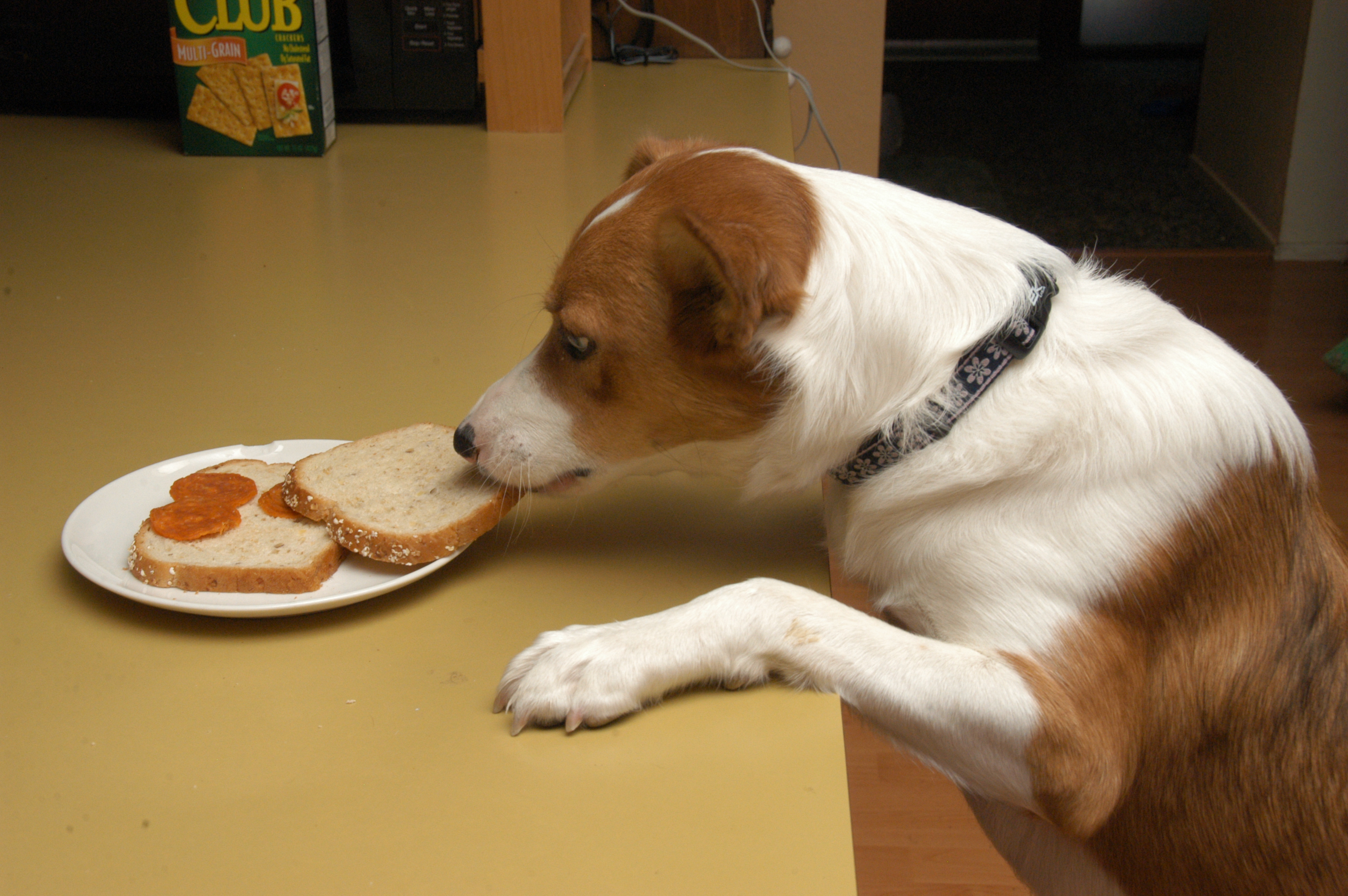A: Management is an important part of the behavior modification process and is a first step in setting up your pet for success. To stop unwanted behaviors from happening, you first must identify the events leading up to that behavior so you can try to prevent them.
We don’t want our pets practicing poor behaviors, yet we want to encourage the good ones. If every time you walked into the kitchen you saw chocolate on the counter, would it tempt you? If you put the chocolate out of sight, it is likely not as tempting. This is not much different for your pet. If your dog is counter surfing, keep all food items away or out of reach. If your puppy eats socks, then don’t leave the socks lying around. If your cat chews on plastic bags, make sure no bags are available to them.
If your dog reacts to other dogs, instead of taking them to a dog park to begin training, practice in your quiet home and yard. Your pet will be more focused on you and not barking at the dog down the street. Before visitors arrive move your dog into another room, to their safe-haven, or behind baby gates. Make sure they have their favorite toys or puzzle feeders. This will prevent the jumping habit and keep stress levels to a minimum.
If your cat is vocalizing because they see another cat outside every day, limit access to the windows. You can close the blinds or put translucent film on the glass. Management may not be the permanent solution to behavior issues, but it is a critical step before modification may begin.



